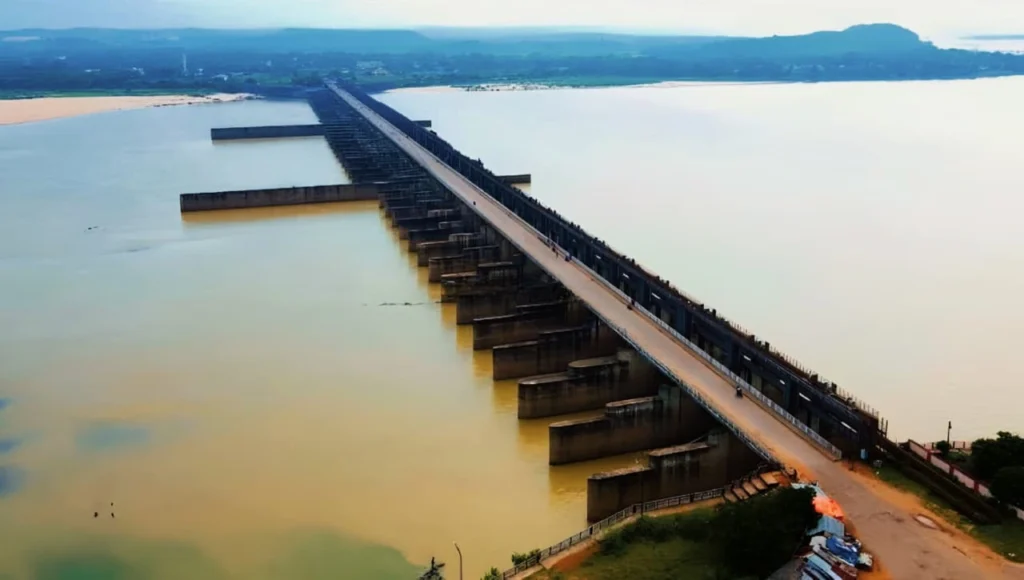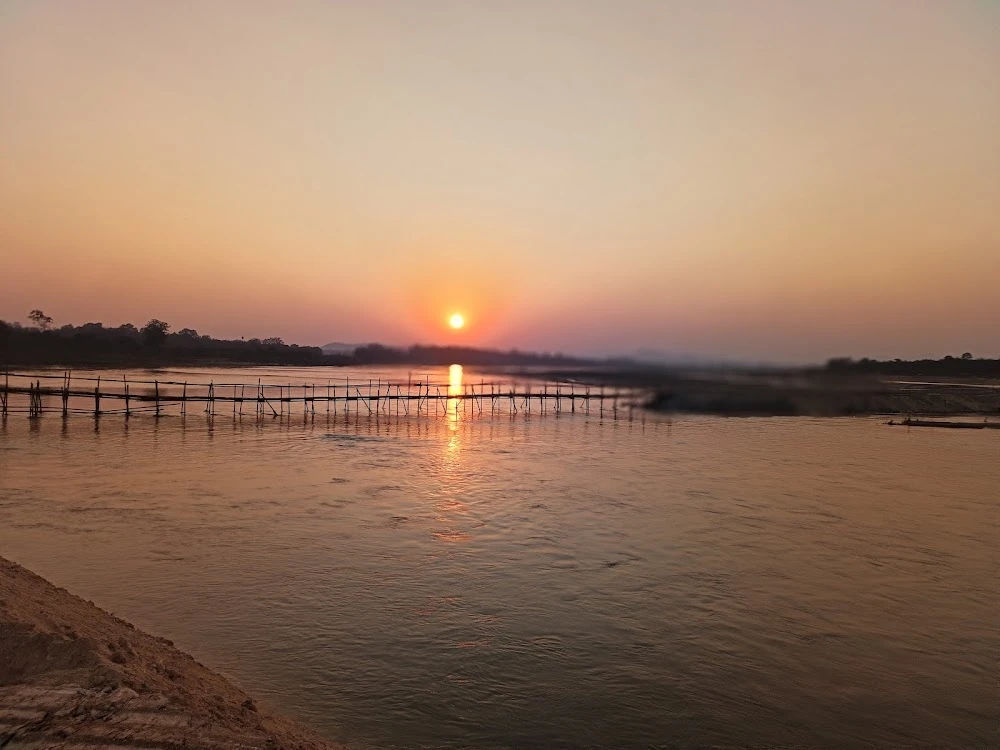
Introduction
When we talk about the mighty rivers of Odisha, the Mahanadi often takes center stage. Yet, flowing quietly but powerfully alongside is the Brahmani River in Odisha, a lifeline for millions and a witness to centuries of history. It is not just a river—it is a geographical wonder, an economic backbone, and a cultural emblem that continues to shape the destiny of Odisha.
Stretching almost 799 km, with 541 km within Odisha, this river nourishes agriculture, fuels industries, and sustains biodiversity. Let’s journey together through its origin, course, cultural significance, challenges, and future, while appreciating why it deserves our collective attention.Table of Contents
Geographical Significance
The story of the Brahmani River begins with a unique confluence. Firstly, it is formed where the Sankh and South Koel rivers meet near Rourkela in Sundargarh district. Both rivers rise in the Chota Nagpur Plateau of Jharkhand; therefore, the Brahmani is considered a child of rugged hills and mineral-rich terrain. Moreover, this geographical setting adds richness and strength to its flow.
Interestingly, its origin is also linked to mythology. The site, Ved Vyasa, is where legend says Sage Parashara met Satyavati; as a result, the river gained an aura of sacredness. In addition, this story gives cultural depth to its natural beauty. Consequently, the origin of Brahmani River is not only scientifically intriguing but also spiritually significant. Overall, this blend of geography and mythology makes the Brahmani River truly remarkable.Mapping the Journey – From Hills to the Bay of Bengal
From its confluence, the river carves a fascinating journey. To begin with, it flows through Sundargarh, Deogarh, Angul, Dhenkanal, Cuttack, Jajpur, and Kendrapara districts.
- Next, it cuts through the Eastern Ghats at Rengali, where the Rengali Dam was built for irrigation, power, and flood control.
- Further downstream, it eventually merges with the Baitarani River, forming a vast delta before draining into the Bay of Bengal at Dhamra.
Moreover, this delta is home to Bhitarkanika Wildlife Sanctuary, a Ramsar site globally known for its mangroves, saltwater crocodiles, and migratory birds.
Finally, if you’re searching for the Brahmani River map, it beautifully highlights this journey—from Chota Nagpur Plateau through Odisha’s industrial belt to the coastal wetlands.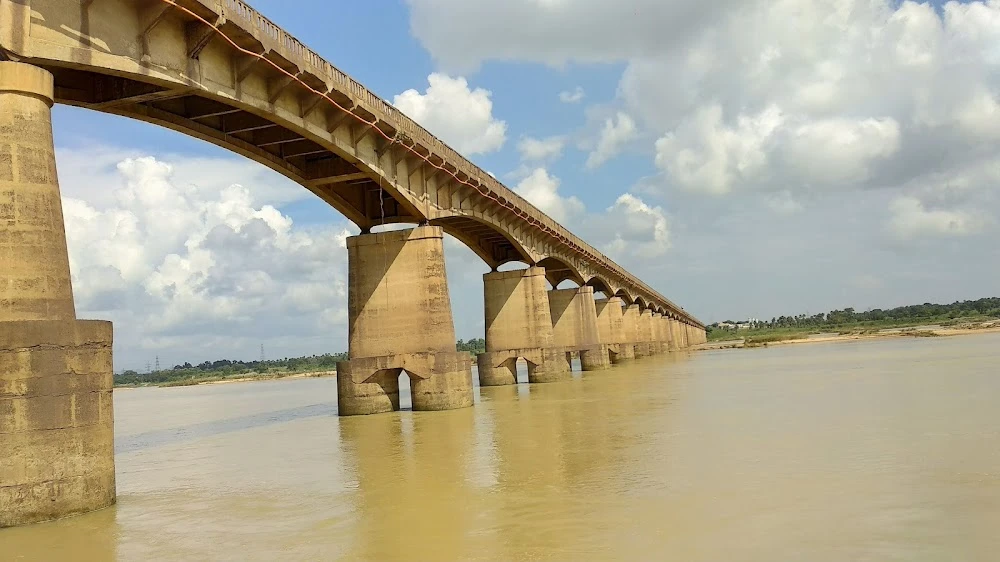
Cultural and Economic Significance
Nurturing Odisha’s Fields and Families
A Driver of Industry and Trade
Industrial towns like Rourkela and Talcher thrive on the river’s resources. Moreover, Rourkela Steel Plant, one of India’s earliest public sector steel units, uses Brahmani’s waters for its operations. In addition, Brahmani River Pellets Limited (BRPL), an Essar group initiative, utilizes the river’s proximity for ore beneficiation and pellet production. Consequently, this further links the river to Odisha’s industrial identity.
However, this industrial development, while boosting the economy, also reminds us of the delicate balance needed between progress and preservation. Ultimately, sustaining this balance is vital for long-term growth.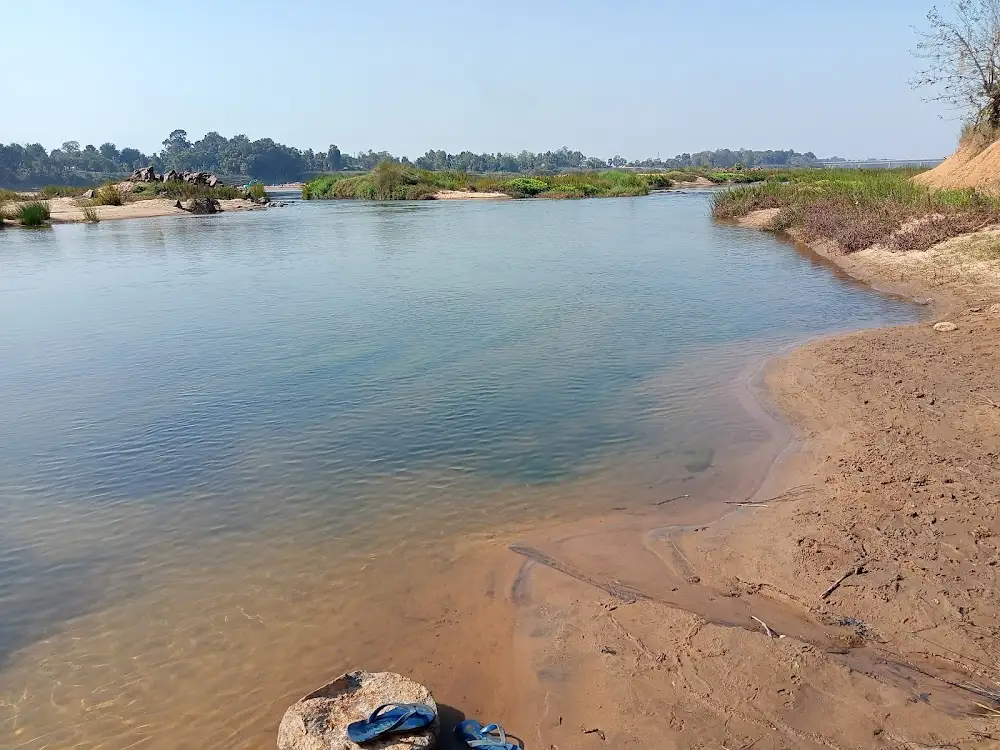
Environmental Concerns – The River in Peril
- Discharge of untreated effluents from steel plants, thermal power stations, and coal mines.
- Declining water quality, especially near Rourkela and Talcher.
- Loss of aquatic biodiversity due to pollution and reduced oxygen levels.
The Odisha High Court has taken note, urging stricter action against polluting industries. While real-time monitoring stations and upgraded treatment plants have been introduced, much more needs to be done.
Protecting the Brahmani River Odisha is not just an environmental cause; it is about preserving a heritage that sustains agriculture, industry, and culture alike.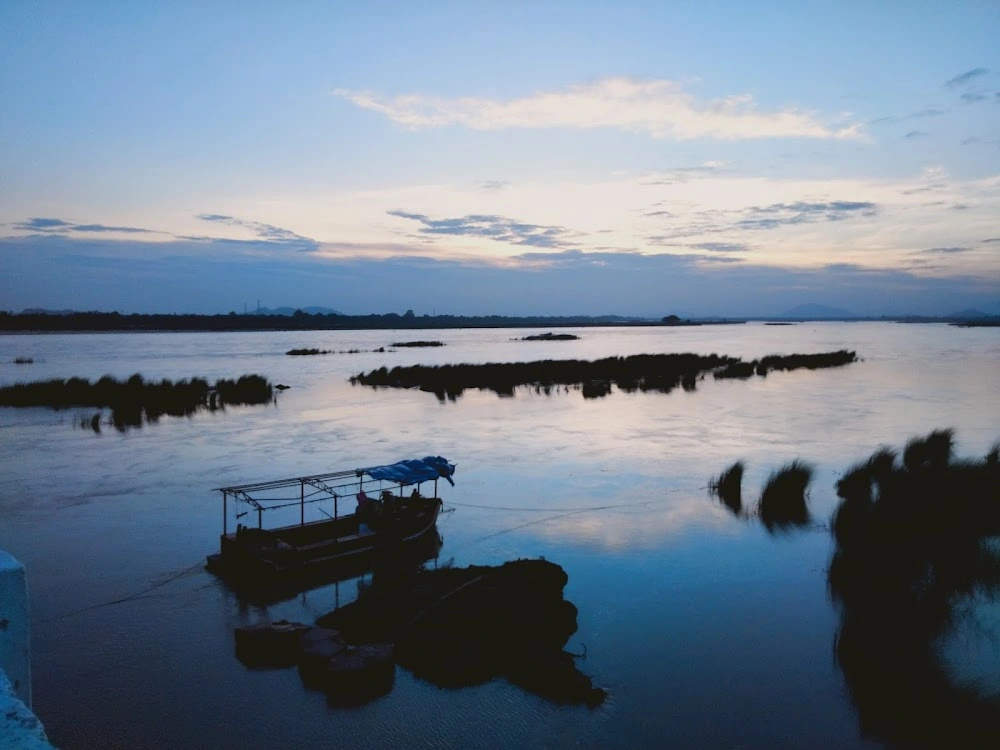
Attractions Along the Brahmani – Where Nature Meets Culture
- Ved Vyasa, Rourkela – Mythical origin of the river, serene and spiritual.
- Rengali Dam – A scenic site showcasing engineering and nature together.
- Talcher and Angul belt – Industrial hubs that showcase Odisha’s economic muscle.
- Bhitarkanika National Park – One of India’s richest mangrove ecosystems and home to giant saltwater crocodiles.
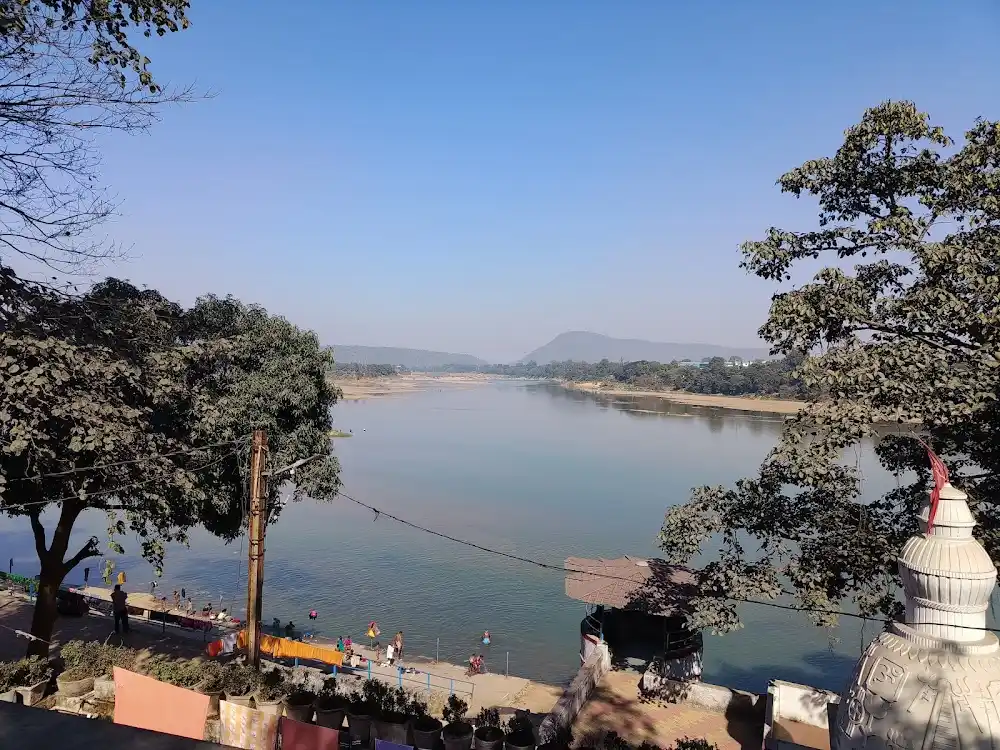
People Also Ask – Answers to Common Questions
1. Where does the Brahmani River originate?
2. Which districts of Odisha does the Brahmani River flow through?
3. What is the geographical significance of the Brahmani River origin?
4. What is Brahmani River Pellets Limited?
5. How is the Brahmani River connected to Bhitarkanika?
Best Time to Experience the Brahmani River
Why the Brahmani River Deserves Our Attention
This River in Odisha is more than flowing water. It is a symbol of resilience, a nurturer of life, and a mirror of challenges we face in balancing growth with nature. From sustaining farms and industries to enriching Odisha’s wetlands, its role is unmatched.
Yet, with pollution and overuse threatening its existence, we must step up. Conservation, responsible industry, and community participation are the keys to safeguarding its future.
